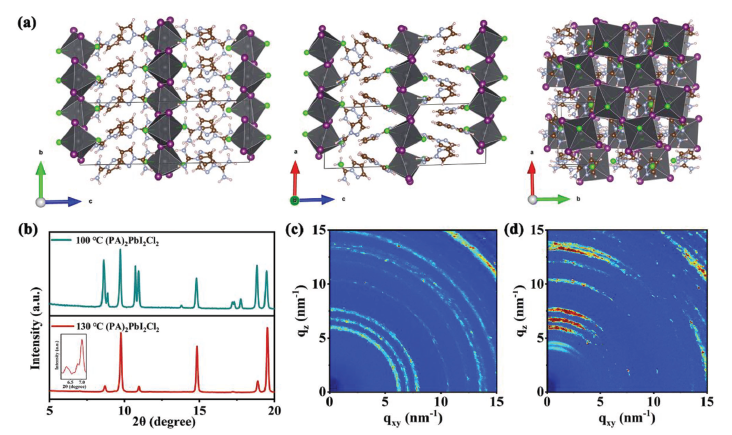Multi-Site Intermolecular Interaction for In Situ Formation of Vertically Orientated 2D Passivation Layer in Highly Efficient Perovskite Solar Cells
Liu, L., Tang, J., Li, S., Yu, Z., Du, J., Bai, L., Li, X., Yuan, M. and Jiu, T. (2023),
Adv. Funct. Mater., 33: 2303038.
https://doi.org/10.1002/adfm.202303038
To enhance perovskite solar cell (PSC) performance, surface passivation using 2D perovskite is crucial, but random orientation hinders carrier transport. A surface passivation layer with multiple nitrogen sites from the organic spacer molecule PAH is introduced on FAPbI3 perovskite. Through interactions with PbI2, PAH effectively passivates FAPbI3 defects, with 2D nanosheets growing perpendicularly for improved charge transfer. This achieves an impressive 24.6% efficiency and excellent long-term stability, offering insights into designing efficient and stable PSCs with novel organic halide salts.
How Paios was used
The TPC/TPV decays were recorded via all-in-one characterization platform Paios.

